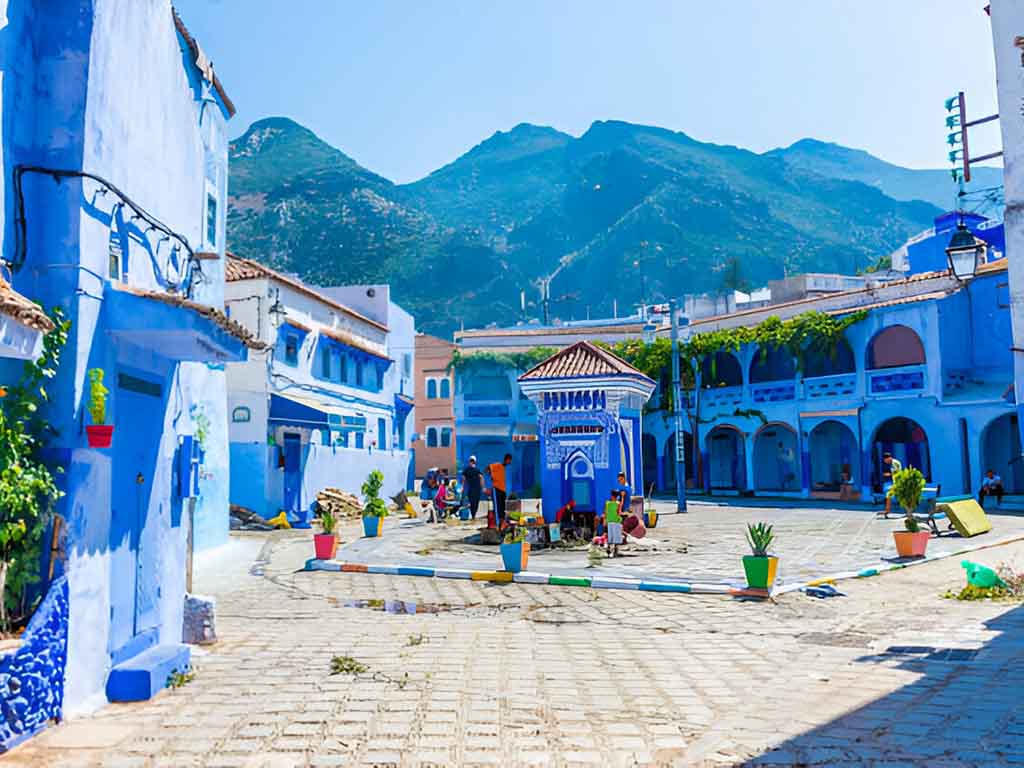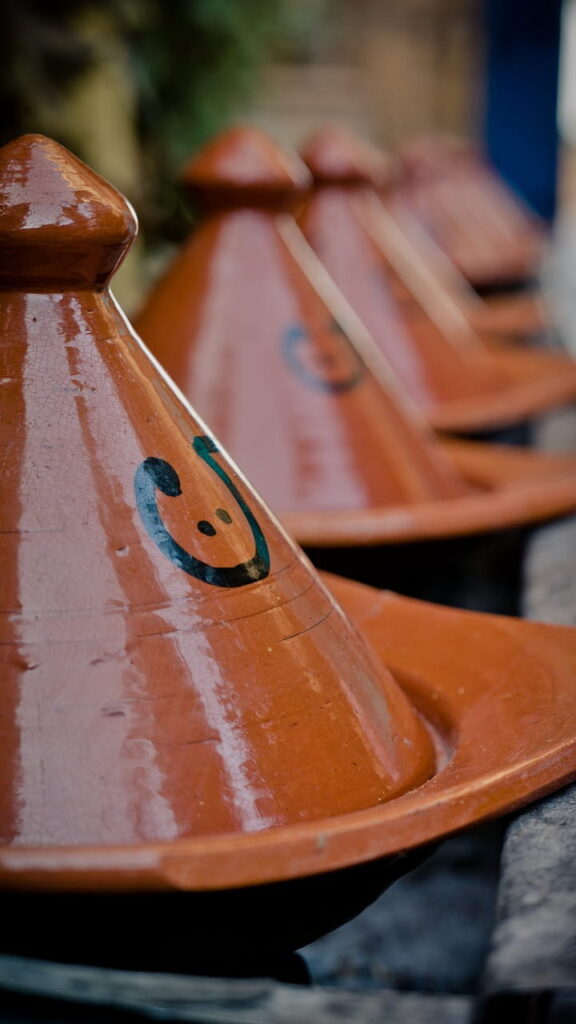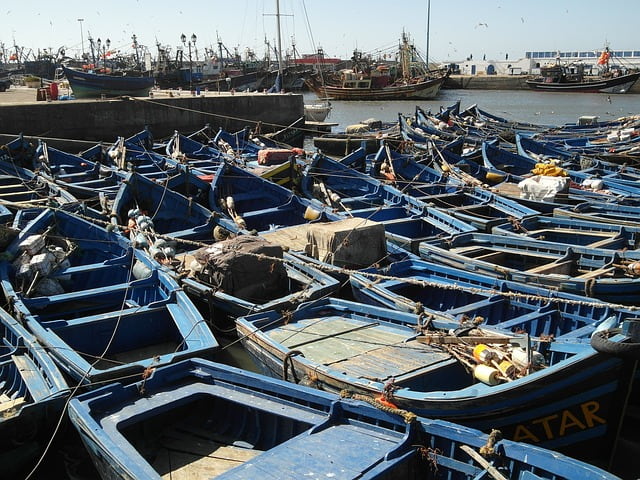Morocco is famous for its vibrant cities, but its true charm lies in the traditional villages. These villages resemble a time machine, where ancient architecture, rich culture, and rural life blend. They tell stories of the past and present, offering a glimpse into a simpler way of life.
In these villages, houses are built with mud bricks and adobe, making them cool in summer and warm in winter. The narrow and winding streets often lead to beautiful courtyards and gardens. These traditional homes, called riads, are adorned with intricate designs and colorful tiles, showcasing the artistic talent of local craftsmen.
The culture in these villages is vibrant and alive. Festivals fill the air with music and dance, while markets buzz with people buying and selling handmade crafts. Families gather to celebrate, sharing food, stories, and traditions passed down through generations. The community spirit is strong, with everyone knowing and helping each other.
Life in the rural areas of Morocco is centered around agriculture. Farmers work the land using age-old techniques, growing crops and raising animals. Their livelihoods depend on the earth, making them deeply connected to nature. Despite the challenges of modern life, they maintain their traditional ways, preserving the essence of their heritage.
As we explore these villages’ architecture, culture, and rural life, we will uncover the unique charm that makes them special.
Architectural Wonders of Moroccan Villages
The architecture of Moroccan villages is truly remarkable. These structures, made from local materials, are both beautiful and practical. They reflect the history and culture of the people who built them.
The buildings in these villages are made from mud-brick and adobe. These materials keep the homes cool in the hot summer and warm in the cold winter.
Mud bricks are made from earth mixed with water and straw. This mixture is shaped into bricks and dried in the sun. Adobe is similar, but it’s formed into larger blocks. These materials are cheap and easy to find, making them perfect for village homes.

Many homes have courtyards in the center. These open spaces are used for family gatherings and growing plants. Riads, a special type of house, have beautiful tile work and fountains in their courtyards. They are like hidden gems, providing a peaceful retreat from the outside world.
Kasbahs are large, fortified buildings made from mud bricks. They were built to protect villages from invaders. These strong structures have thick walls and small windows, making them perfect for defense.
The buildings are often decorated with intricate designs. Colorful tiles, carved wood, and painted ceilings add beauty to the homes. These decorations show the artistic skills of the local craftsmen and make each building unique.
Rich Cultural Practices in Moroccan Villages
The culture in Moroccan villages is vibrant and lively. It is full of traditions that have been passed down through generations. The people in these villages celebrate their heritage with joy and pride.
Festivals in these villages are colorful and full of energy. They bring people together to celebrate their history and customs.
During festivals, you can hear traditional music and see dances that have been performed for centuries. Drums, flutes, and stringed instruments fill the air with joyful sounds. People dance in colorful costumes, showing off their skills and celebrating their culture.
Markets are an important part of village life. They are full of handmade items like pottery, rugs, and jewelry. These crafts are made using techniques that have been passed down through families. The markets are busy and lively, with people buying, selling, and trading goods.

Daily Life and Community Practices
Daily life in Moroccan villages is centered around family and community. Everyone has a role to play, and people work together to keep the village running smoothly.
Family is very important in these villages. Families often live close together and support each other. Elders are respected and looked up to for their wisdom. Children are taught to help with chores and learn traditional skills from their parents and grandparents.
Religion is a big part of life in Moroccan villages. People gather at the mosque for prayers and celebrate religious holidays with feasts and special rituals. Spiritual practices are woven into daily life, providing comfort and a sense of belonging.
The Essence of Rural Life in Moroccan Villages
Rural life in Moroccan villages is simple and connected to nature. The villagers rely on the land for their food and livelihoods. Their way of life is traditional and peaceful.
Farming is the main occupation in these villages. The farmers use old methods that have been passed down through many generations.
Farmers grow crops like wheat, barley, and vegetables. They use tools made from wood and metal to till the soil and plant seeds. The fields are watered by streams and rivers, and sometimes by hand-dug wells.
Many families raise animals like goats, sheep, and cows. These animals provide milk, meat, and wool. Shepherds take the animals to graze in the hills and valleys around the village.

Life in the villages is not always easy. The people face many challenges but also have opportunities for growth and improvement.
Modern technology is slowly making its way into the villages. This brings both good and bad changes. Machines make farming easier, but some old ways are being forgotten. The villagers work hard to balance the old and the new.
Tourism is helping the villages by bringing money and jobs. Visitors come to see the traditional ways of life and to enjoy the beautiful scenery. The villagers are finding ways to welcome tourists while protecting their culture and environment.
Stories from the Villages
Hearing stories from the villages brings their rich history and daily life to life. These stories show the heart and soul of Moroccan village life.
The people in these villages have many tales to tell. Their lives are full of interesting events and traditions.
An elder in the village might share stories of the past, describing how things were done long ago. They can talk about the changes they have seen over the years and the traditions they still follow today.
A farmer’s story might explain their daily routine, from sunrise to sunset. They could talk about working in the fields, taking care of animals, and preparing for market days.
Travelers to these villages have unique experiences. Their stories help us see the beauty and charm of the villages through fresh eyes.
A traveler might share their adventure of finding a hidden village tucked away in the mountains. They could describe the warm welcome from the villagers and the amazing sights they saw.
Another traveler might talk about learning to cook traditional dishes or participating in a local festival. They could share how these experiences deepened their appreciation for the village culture.
Preserving the Legacy of Moroccan Villages
Preserving the rich history and traditions of Moroccan villages is important. Efforts are being made to keep these cultural treasures alive for future generations.
Many people and organizations are working hard to protect the heritage of these villages. Their efforts help maintain the unique identity and charm of these places.
The government and non-governmental organizations (NGOs) are playing a big role in preservation. They support projects that restore old buildings, protect traditional crafts, and promote cultural festivals. These efforts ensure that the history and beauty of the villages are not lost.
Villagers themselves are also taking action to preserve their culture. They organize events and workshops to teach younger generations about traditional crafts and customs. These community-driven projects are vital for keeping traditions alive.
Tourists can help preserve the villages too. By visiting responsibly, they can support the local economy and help maintain the cultural heritage.
Visitors should respect local customs and traditions. This includes dressing modestly, asking for permission before taking photos and learning a few words of the local language. Responsible tourism helps protect the culture and ensures that visitors have a positive impact.
Tourists can also support local businesses by buying handmade crafts, eating at local restaurants, and staying in village guesthouses. This helps boost the economy and encourages the villagers to continue their traditional ways of life.
As we conclude, let’s summarize the key points and reflect on the importance of visiting and preserving traditional Moroccan villages.
Conclusion
Traditional Moroccan villages are full of charm and history. They showcase beautiful architecture, rich culture, and a simple, rural way of life.
We explored the unique architecture of these villages, made with mud-brick and adobe. We learned about the cultural practices that fill these villages with music, dance, and colorful markets. We also looked at rural life where farming and raising animals are central to daily activities.
Visiting these villages helps us understand and appreciate their heritage. It is important to respect their customs and support local businesses. By doing this, we can help preserve their traditions and ensure that these villages remain vibrant and alive for future generations.
By exploring traditional Moroccan villages, we can enjoy a unique and enriching experience while contributing to the preservation of a beautiful and important part of Morocco’s heritage.
